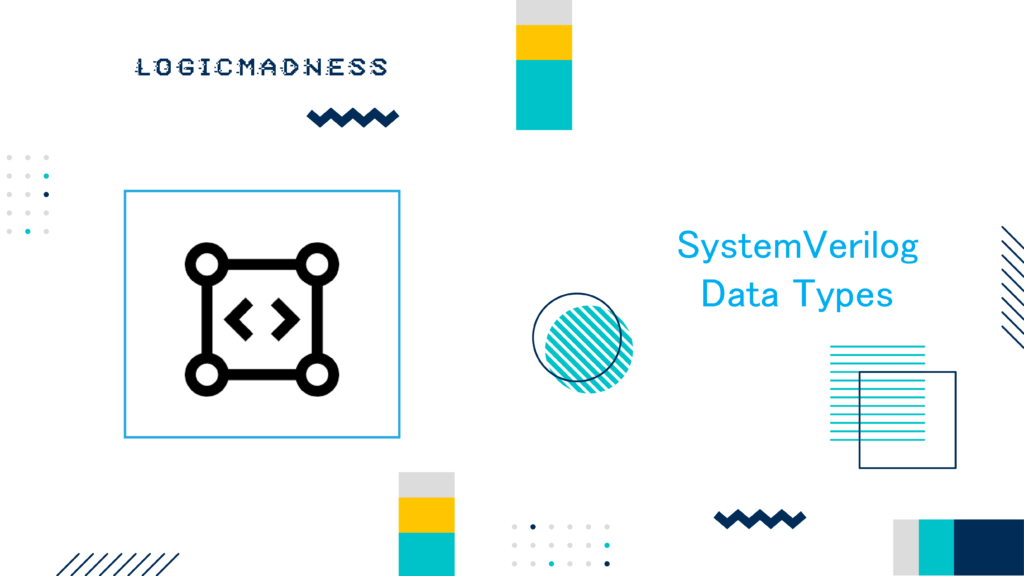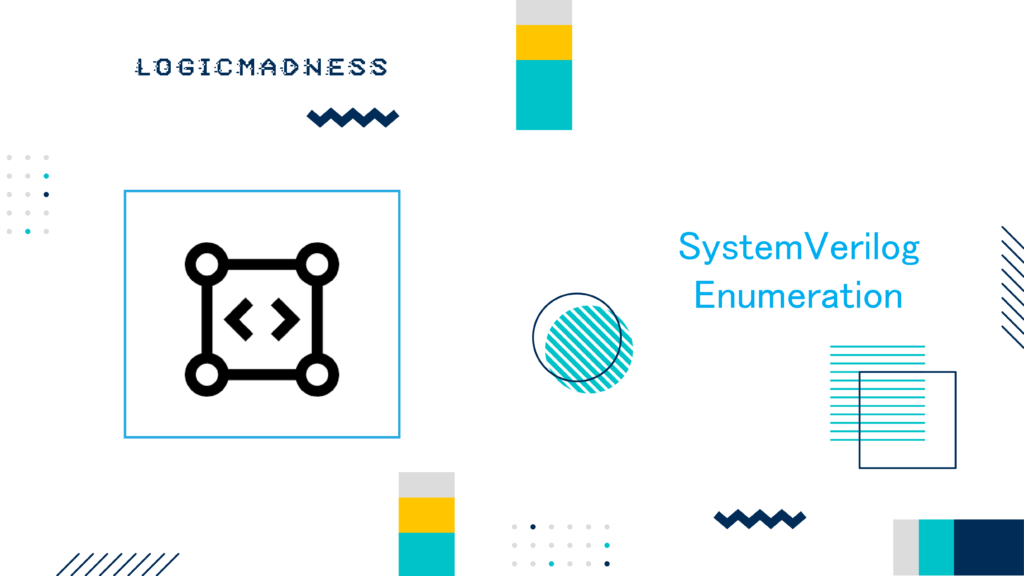Verification engineers create a verification plan to ensure that the design is thoroughly tested in RTL simulations. This plan outlines every feature of the design that needs testing and specifies how each test will target specific features. The tests are designed to cover various scenarios and edge cases.
Example of Verification Tests
For instance, imagine there is a peripheral that requires configuring its registers to initiate an AXI bus transaction. In such a case, engineers will create multiple tests. Each test configures the registers in different ways to achieve good coverage and check all possible conditions.
These tests are direct tests. Each one focuses on performing a specific task to ensure the functionality works correctly under different conditions.
Randomized Tests for Complex Designs
Complex designs often have many scenarios, including hard-to-predict edge cases. These can be tested more efficiently using randomized tests. Random testing helps uncover hidden issues with less effort and time.
For example, the same peripheral from the previous scenario can be tested by configuring its registers with random values each time the test runs. Every time the test is executed, a new random value is generated using a different seed. This ensures that the test covers a variety of scenarios, including potential edge cases, and can reveal hidden bugs.
SystemVerilog Constraints: What Are They?
SystemVerilog constraints allow users to define conditions for random variables. The constraints are processed by an internal solver, which generates random values that meet all the specified conditions. This way, we can restrict the range of values that can be assigned to a variable.
A constraint specifies the legal values a random variable can take. You can declare a random variable using the keyword rand.
SystemVerilog Code Example: Declaring Random Variables with Constraints
Let’s look at a simple example to better understand how constraints work in SystemVerilog:
class Packet;
rand bit [7:0] address;
rand bit [7:0] data;
constraint address_limit { address <= 8'hB; }
endclass
In the code above:
- We declare a class called
Packet. - Two random variables (
addressanddata) are defined using therandkeyword. - A constraint called
address_limitrestricts theaddressfield to a value less than or equal to8'hB.
This means that, while the address field is an 8-bit variable (which can hold values from 0 to 255), the constraint limits the valid random values to a maximum of 8'hB (which is 11 in decimal). As a result, the solver will only assign values between 0 and 11 to the address variable.
Why Constraints Are Useful in Verification
By using SystemVerilog constraints, you can ensure that the generated random values are within a range that is valid for the design you’re testing. This makes the verification process more effective and accurate, especially when testing complex designs. Constraints allow you to control the randomness, ensuring that the tests cover realistic and meaningful scenarios, which improves the quality of the verification process.
Conclusion
In this article, we’ve explored how SystemVerilog constraints work and why they’re an essential tool in verification. The ability to define constraints helps ensure that random variables are limited to valid ranges, which results in more effective testing. In future sessions, we will dive deeper into different constructs in SystemVerilog that can help you define and use constraints more effectively.
Key Takeaways
- Verification Plan: Describes how each feature of the design will be tested in RTL simulations.
- Randomized Tests: These tests cover a wider range of scenarios, ensuring that edge cases are not missed.
- SystemVerilog Constraints: Allow engineers to limit the values of random variables to those that are valid for the design.
- Example Code: We saw how to define random variables with constraints using the
randkeyword.
Example of SystemVerilog Constraints for Random Variables
| Variable | Type | Constraint | Valid Values |
|---|---|---|---|
| address | bit[7:0] | address <= 8'hB | 0 to 11 |
| data | bit[7:0] | None | 0 to 255 |

